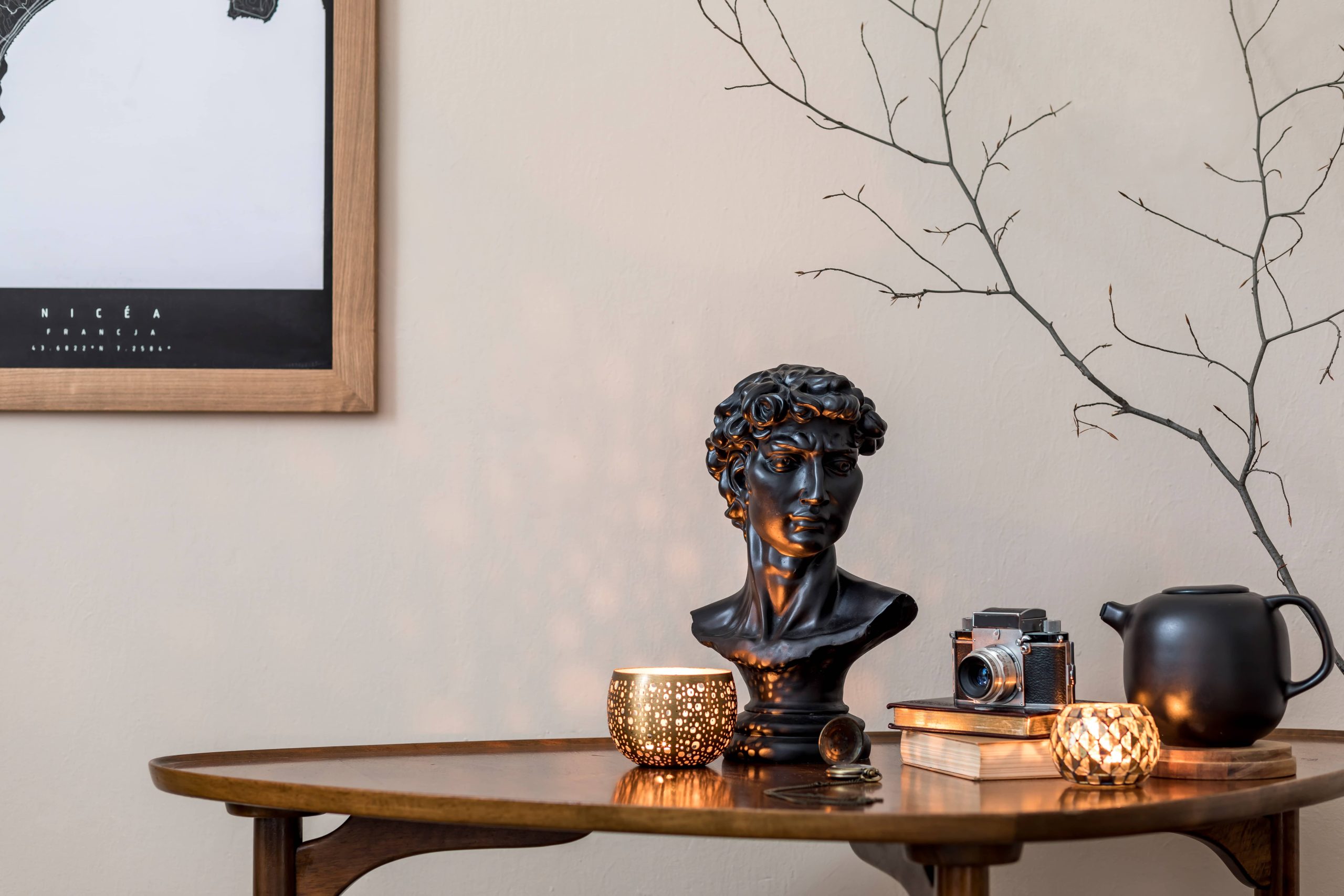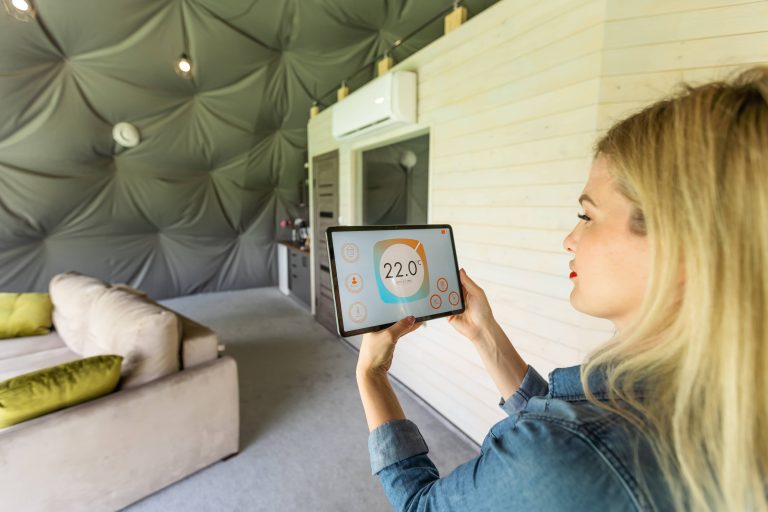
When it comes to interior design, every element plays a crucial role in shaping the overall ambiance and functionality of a space. Among these elements, flooring is foundational—not only does it bear the brunt of daily activities, but it also contributes significantly to the visual aesthetics of your home. Selecting the right flooring for each room is essential, as it has to offer durability, comfort, and stylistic coherence. Let’s delve into the top flooring choices tailored to the diverse needs of various rooms in your home.
The Living Room: Striking a Balance between Comfort and Style
Living rooms are at the heart of any home, serving as the primary setting for family gatherings, relaxation, and entertainment. To create a harmonious balance between comfort and style, consider these flooring options:
1. Hardwood Flooring: A perennial favorite, hardwood flooring exudes timeless elegance and warmth. Available in an array of wood species, finishes, and colors, it can enhance any interior design style—from traditional to contemporary. It is durable and can be refinished multiple times, but it is also susceptible to scratches and moisture.
2. Engineered Wood Flooring: For homeowners who desire the look of hardwood without the susceptibility to moisture, engineered wood flooring is an excellent alternative. Comprised of a real wood veneer over a plywood base, it’s more stable and versatile, making it suitable for areas with fluctuating humidity.
3. Luxury Vinyl Planks (LVP): Mimicking the appearance of hardwood or stone, LVP is a cost-effective and moisture-resistant flooring option. It’s highly durable, easy to maintain, and soft underfoot, making it particularly family-friendly.
The Kitchen: Prioritizing Durability and Maintenance
The kitchen is a high-traffic area prone to spills, stains, and heavy footfalls. Thus, kitchen flooring must be able to withstand a lot of wear and tear. Here are some top choices:
1. Ceramic or Porcelain Tile: Both materials offer incredible durability and resistance to moisture and stains. Ceramic and porcelain tiles come in a variety of colors, patterns, and sizes, allowing for customizable aesthetics. While they are easy to clean, their hard surface may not be the most comfortable for prolonged standing.
2. Vinyl Flooring: This versatile flooring offers resilience and ease of maintenance—ideal qualities for a kitchen environment. Vinyl comes in sheets, planks, or tiles and can convincingly replicate the appearance of wood or stone at a fraction of the cost.
3. Cork Flooring: While not as common, cork is an environmentally friendly option that’s also soft and warm underfoot. It’s naturally resistant to mold, mildew, and pests, but requires regular sealing to prevent damage from moisture.
The Bathroom: Waterproof and Slip-Resistant Options
Bathrooms demand flooring materials that can handle frequent exposure to water and high humidity. They also need to be slip-resistant to ensure safety:
1. Porcelain Tile: Known for its high density and low porosity, porcelain tile is exceptionally waterproof, making it perfect for bathroom settings. It is available in a variety of styles, including those that mimic natural stone.
2. Vinyl Tile or Sheet Vinyl: Vinyl is an affordable, waterproof solution that’s soft and warm underfoot. It’s available in non-slip varieties, ideal for minimizing the risk of falls in the bathroom.
3. Natural Stone: While luxurious, natural stone options like marble, slate, and granite should be treated with a non-slip coating to enhance safety. They require more maintenance due to their porous nature but offer a timeless, spa-like appeal.
The Bedroom: Emphasizing Comfort and Tranquility
Bedrooms are sanctuaries where comfort and tranquility reign supreme, and your choice of flooring should reflect this serene ambiance:
1. Carpet: Plush and inviting, carpet is an excellent choice for bedrooms, offering warmth, softness, and a quiet environment. It comes in various pile heights and materials, from wool to synthetic fibers, offering varying degrees of durability and stain resistance.
2. Hardwood or Engineered Wood: While less soft than carpet, wood flooring in bedrooms can create an elegant atmosphere. Area rugs can be layered on top for added warmth and personality.
3. Cork Flooring: Offering a combination of warmth and softness, cork is a sustainable choice that enhances the bedroom’s coziness. Like other applications, it requires sealing for water resistance.
The Home Office: Combining Professionalism and Comfort
As a space that demands both focus and comfort, the home office can benefit from flooring that balances professionalism with coziness:
1. Laminate Flooring: Resembling wood without the associated costs, laminate is durable and easy to maintain. It offers a professional look while being resistant to scratches and stains.
2. Engineered Wood: For those desiring the authentic look and feel of hardwood, engineered wood offers similar aesthetics but with improved stability.
3. Carpet Tiles: Offering flexibility and comfort, carpet tiles are easy to install and replace. They provide insulation against sound, which is beneficial in reducing distractions.
Conclusion
Selecting the right flooring for different rooms in your home is a nuanced task that involves considering a myriad of factors including style preferences, durability requirements, and budget limitations. While each flooring type offers unique benefits, it’s crucial to ensure that the chosen material aligns with your lifestyle and design vision. As you plan your home or renovation project, keep these top flooring choices in mind to create a cohesive and functional living space that stands the test of time.







